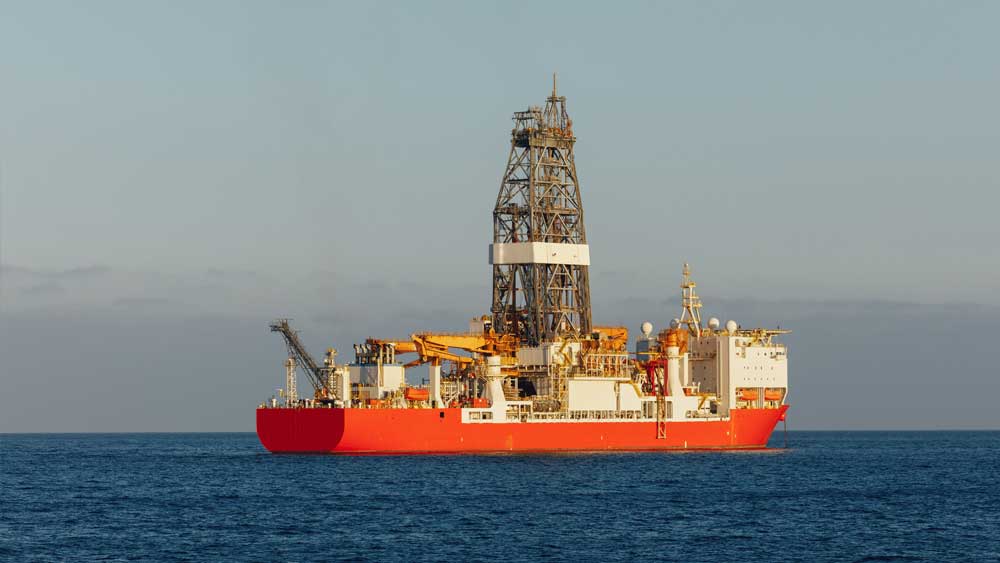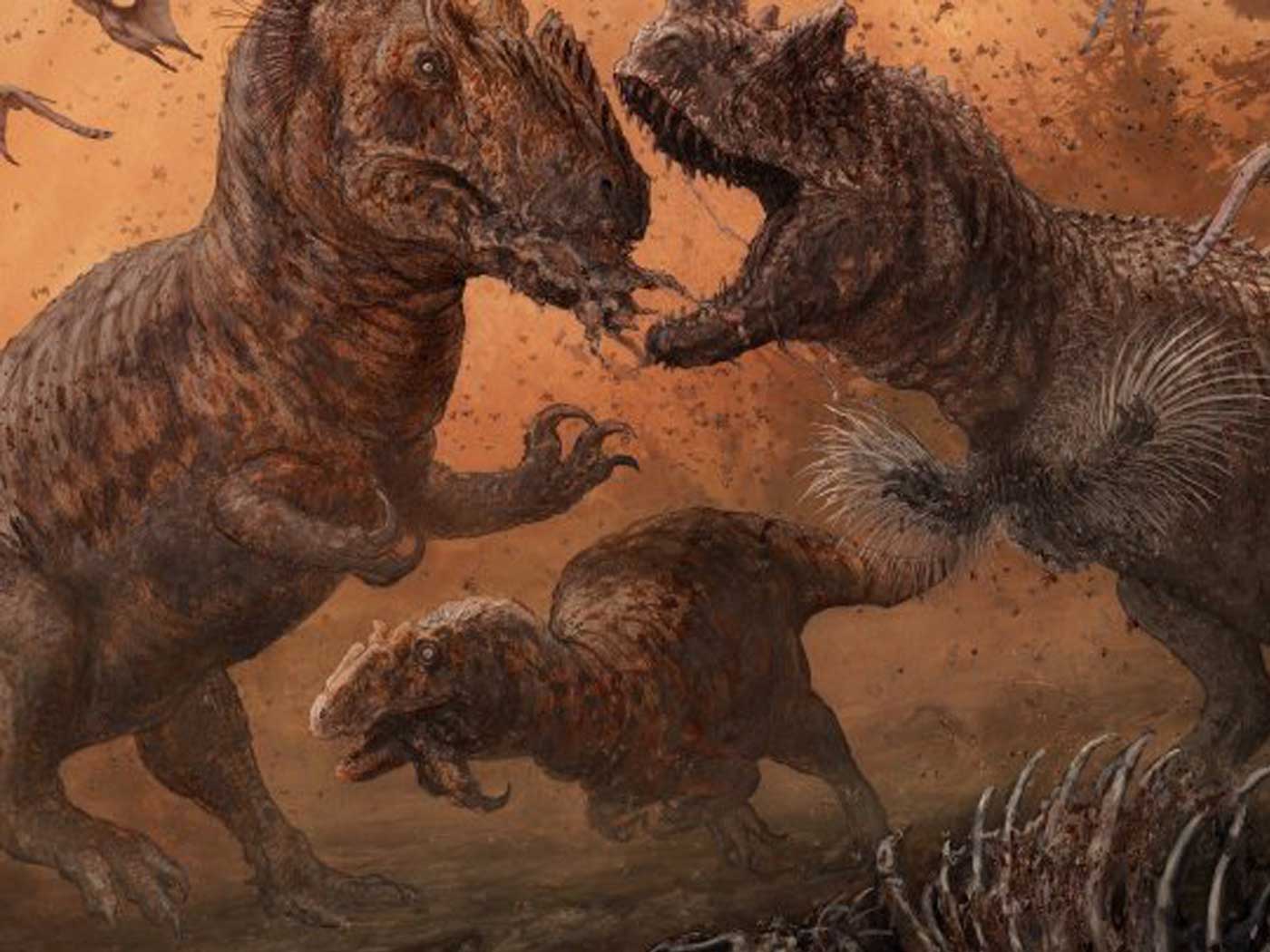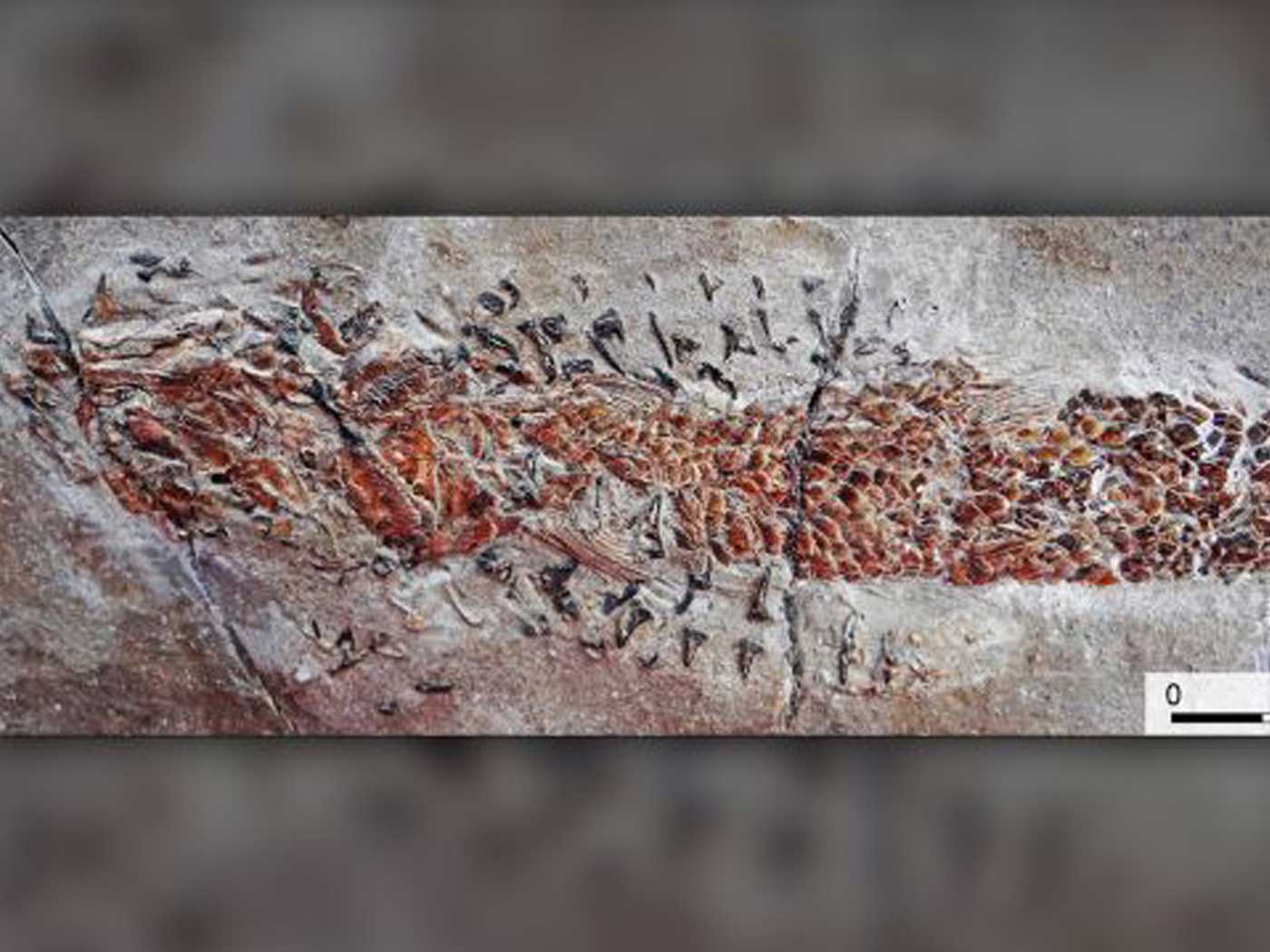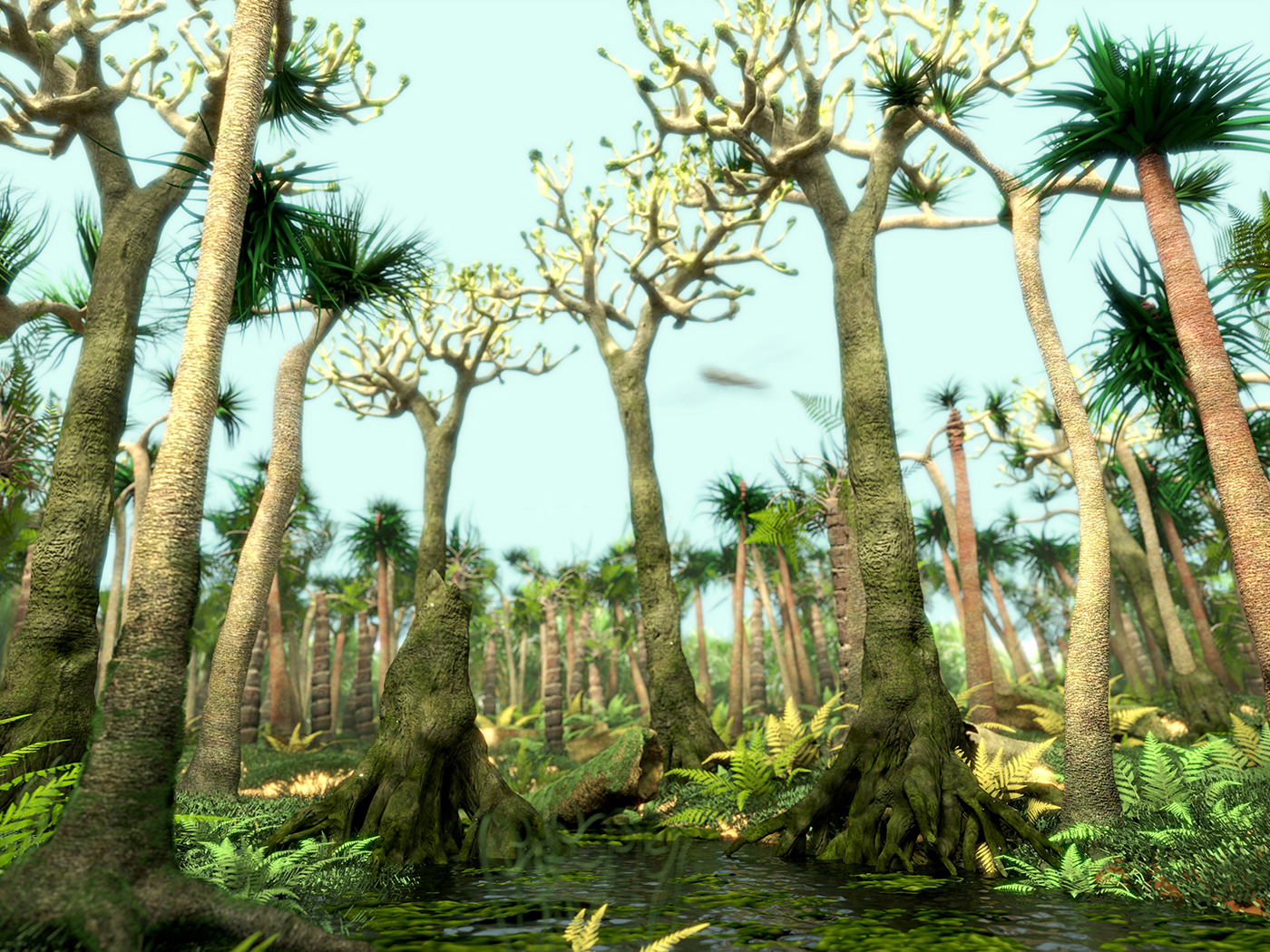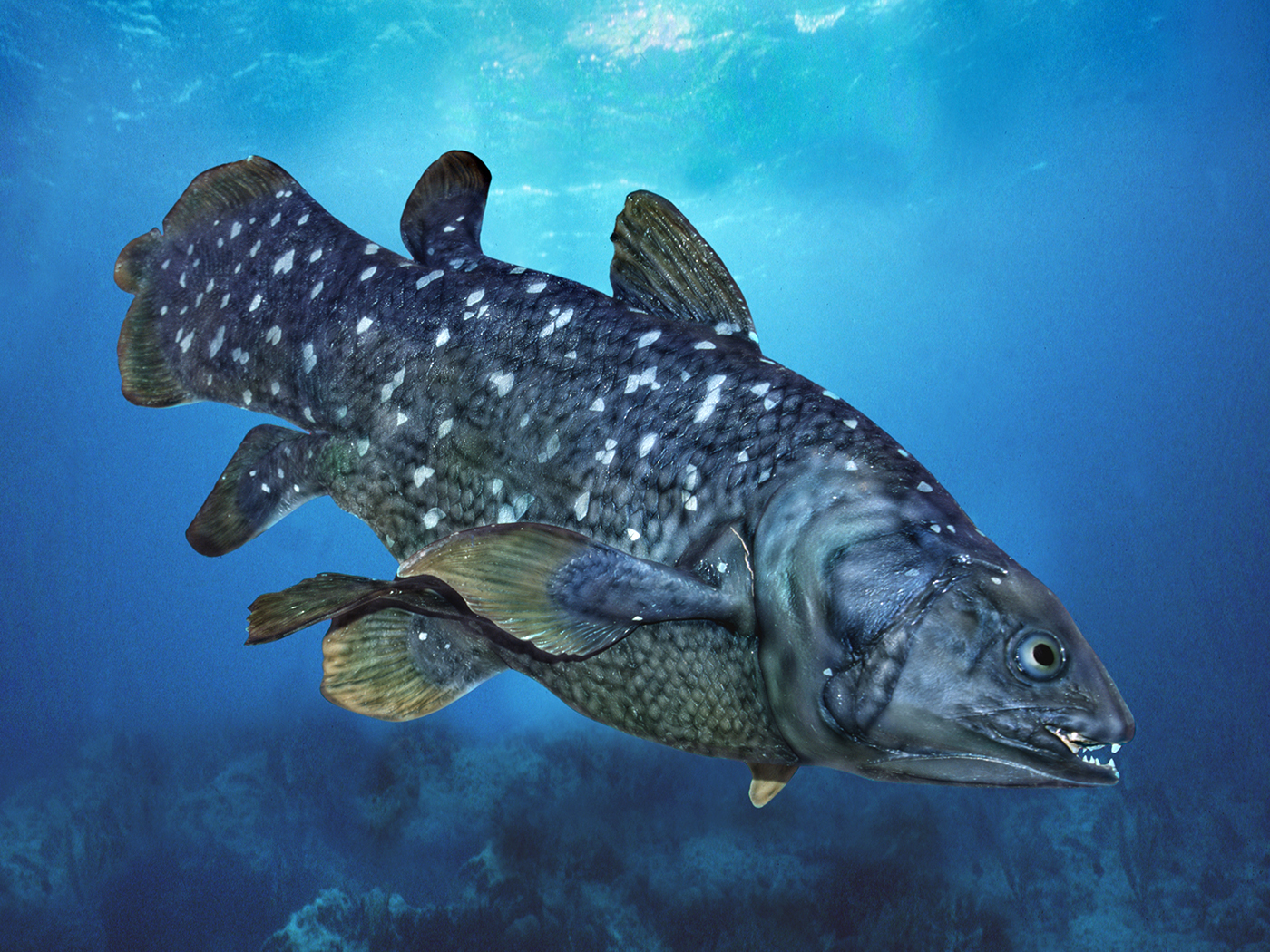Equinor used the drilling ship Pacific Khamsin to reach a total depth of 33,348 feet. Water depth at the site is about 6,234 feet. The discovery well, drilled on their Monument prospect, found a pay zone (reservoir that produces oil or gas) of about 200 feet thick within Paleogene (Lower Cenozoic) sands.1 The site is about 185 miles south of the Louisiana coastline in the Walker Ridge Block 316 lease.1 Senior vice president of Exploration in North America, Bjørn Inge Braathen, told Offshore,
We are pleased to have proved an accumulation of movable hydrocarbons in the Monument exploration well. However, determining the full potential of the discovery will require further appraisal drilling.1
It seems likely that this new well adds significantly to the more than 15 billion barrels of oil already discovered in the Lower Paleogene layers, one of the thickest being the Whopper Sand that spreads across much of the deep Gulf of Mexico.2
Unexpectedly, major oil companies have found new resources in sand layers that should not be there. Uniformitarian scientists still cannot explain how thick Paleogene sands could reach these water depths or even these distances offshore.2 But drilling proves again and again that these sands are thicker and more extensive than geologists ever imagined.
Initial discoveries in the lowermost Cenozoic sands offshore were made in the early 2000s.2 This recent discovery by Equinor confirms that Lower Cenozoic sands (roughly equivalent to the Whopper Sand) extend over 40,000 square miles across the some of the deepest parts of the Gulf of Mexico in water depths approaching 10,000 feet.2 The Lower Paleogene Whopper Sand is commonly over 1,000 feet thick and can be up to 1,900 feet thick. Some layers even contain a high amount of metamorphic, volcanic, and sedimentary rock fragments, making this less like a winnowed-clean beach sand and more like a braided river sand.2
So, where did these Lower Cenozoic sands come from? The best explanation is the global Flood (Genesis 8:3). The sands are found near the base of a worldwide sedimentary megasequence—the last of six—formed during the Flood.2 They were deposited at the same time the Flood waters began to drain off the United States, with most of the water flowing toward the Gulf of Mexico. It seems likely that the floodwaters that inundated the continent would have flowed off in catastrophic volumes. High-velocity sheet-like flow would tend to transport large volumes of sand and rock fragments first, dumping the Lower Cenozoic sands, including the Whopper Sand, into deep water and baffling all uniformitarian explanation.
This type of flow could only have occurred once during the recession of the Flood. Today, we find mere trickles of flow to the deep water, transporting a mixture of clay and sand down submarine canyons. Because the Flood was global, there are likely other whopper sands to be found in other deep-water locations worldwide.2
References
1. Equinor finds oil at Monument in the Gulf of Mexico. Offshore.Posted on April 6, 2020, accessed April 7, 2020.
2. Clarey, T. 2020. Carved in Stone. Dallas, TX: Institute for Creation Research, 334-335.
*Dr. Clarey is Research Associate at the Institute for Creation Research and earned his doctorate in geology from Western Michigan University.




